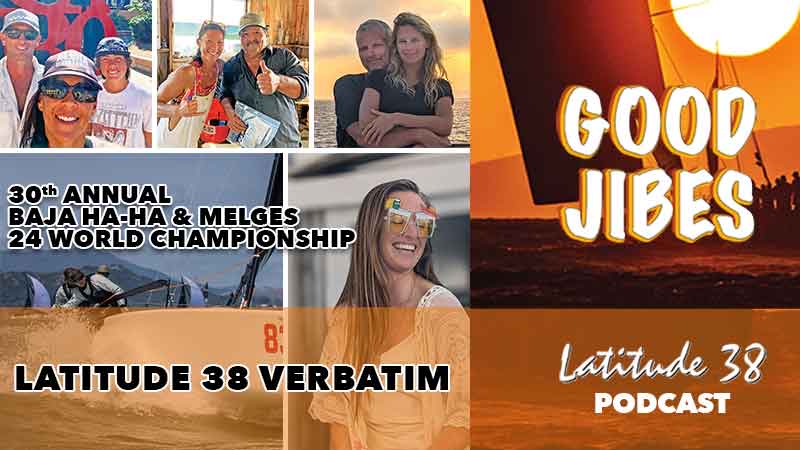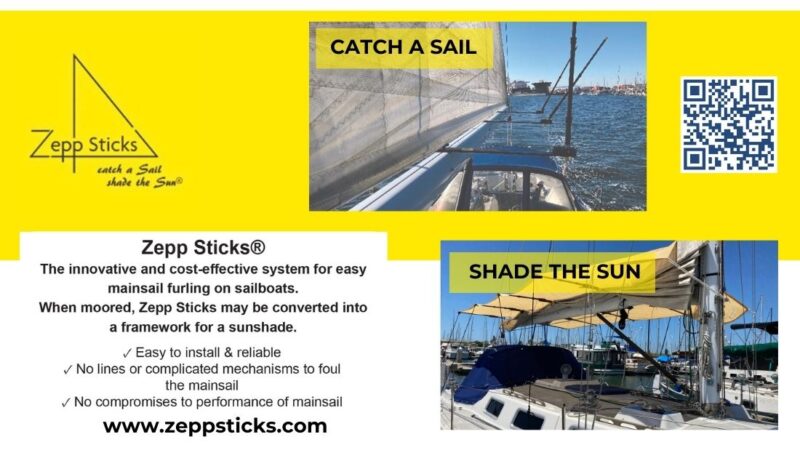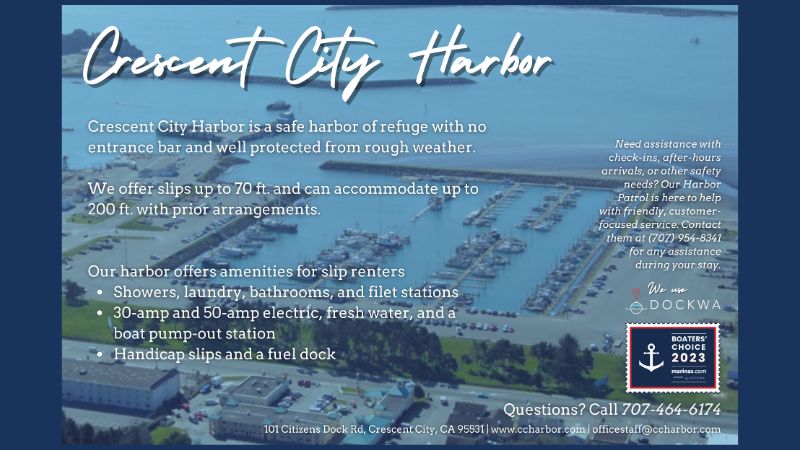
Cruisers Experience Intense Searches and Scrutiny in Fiji
Cruisers are accustomed to being boarded by officials when arriving in foreign ports. For the most part, the procedures are fairly standard and easily accommodated. Recently, however, cruisers in Fiji have been facing more stringent and repetitive interventions from local officials. Longtime liveaboard cruisers and friends of Latitude Bruce Balan and Alene Rice, of the Cross 46 trimaran Migration, alerted us to news of cruisers being subjected to lengthy and intrusive searches while on the docks in Savusavu, Fiji.
Sailors Mark and Cindy, of the 52-ft Amel Cream Puff, were on their second visit to Fiji and decided to stay at the Nawi Island Marina, located just off the township of Savusavu. They had checked into the country in early July and had cleared customs and immigration. Three weeks later they were boarded by 10 customs officials. The couple described the ensuing two-hour search as “highly disrespectful and invasive.”
“They were simultaneously up top and down below as well in the engine compartment. It was not possible for us to watch over all 10 officials. They went through EVERY cabinet, draw, and storage area of the boat,” Mark wrote on their blog Cream Puff – Life’s Sweet Treat. “They removed everything and opened all containers. Nothing was placed back properly and our boat was basically ransacked causing us hours of work to re-stow things orderly and securely. They asked us to open our safe and took pictures of very personal documents that did not pertain to the search. We have no idea why or what these pictures will be used for. Nor do we know if the pictures will remain secure as they were using personal cellphone cameras.”
The search delivered no contraband or other issues, yet they say they were treated poorly by the team of customs officials — their possessions strewn about the boat and items confiscated for verification. Not to mention the inconvenient breakages.
A large concern appeared to center around alcohol, with the officials being interested in quantities aboard, and seeking proof of local purchase.
“I was asked how much alcohol we have aboard,” the blog continues. “I responded that I had no earthly idea. Again, keep in mind we’ve been here for about three weeks and have consumed and purchased alcohol at the local shops. The person questioning me referred to our customs declaration we made at the time of entry stating our inventory. This declaration was verified by customs at the time of entry into Fiji [and] is now over three weeks old.”
The search included the officials’ using their cell phones to take photographs of personal documentation and information, and a bag of powdered sugar, presumably on the suspicion that the white substance could have been drugs. Pharmaceuticals stored in the cruisers’ medical kit were also targeted and scrutinized.
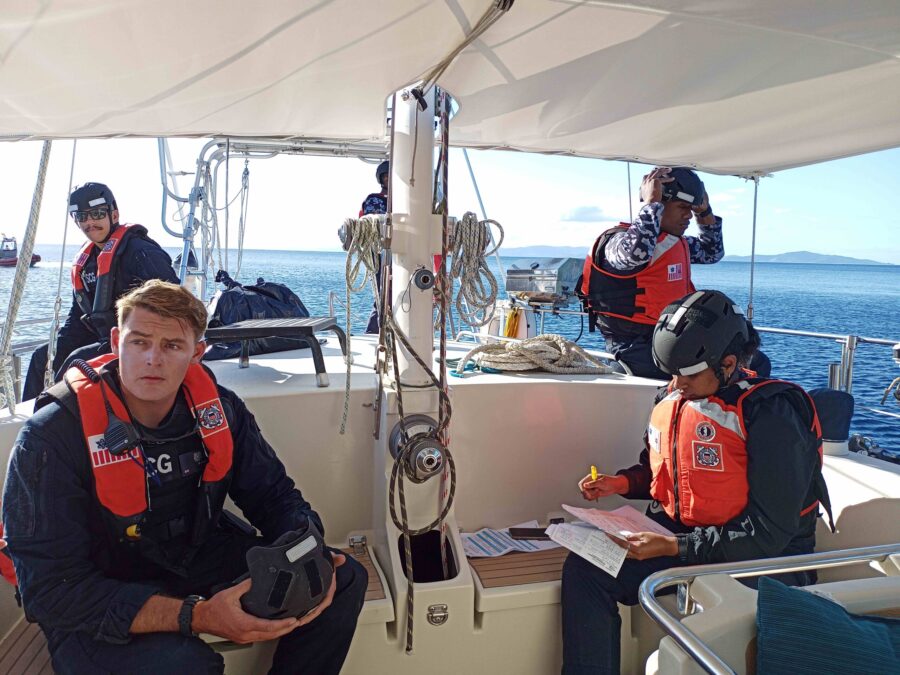
According to recent news reports, Fiji is dealing with a large-scale drug problem. Cartels are using the country as a landing place for drugs earmarked for New Zealand and Australia. The drugs are also making their way to the streets and causing issues in the communities. Could this be the cause for the reports of random and repeated boardings and searches in Fiji?
Another cruiser, James, has reported similar treatment in Savusavu, and shared the story in Cruise News, a magazine published by Island Cruising in New Zealand. And while James found the officials less intrusive than Mark and Cindy had, the search was thorough, and again highlighted the ship’s alcohol and medicine stores. It also occurred two weeks after James had cleared Fijian customs.
“The whole check took around one hour and was very thorough,” James wrote, “including looking in the drawers, sail bags, fridge, freezers, inside shoes and clothing. The cushions were unzipped and checked.” Unlike aboard Cream Puff, James’s possessions were mostly put back in place.
“While I could be picky and say that everything was not put back like it was prior to their arrival, they did try their best to return all gear as it was.”
We share this story to alert cruisers, and also to ask if any of our readers have had a similar experience when staying in Fiji. Add your comments below or send us an email at [email protected].
Read Mark’s full account of his experience here.
Good Jibes #161: 30th Annual Baja Ha-Ha and Melges 24 World Championship (Latitude 38 Verbatim)
In this episode of Good Jibes, listen in as we bring you three great stories from the October issue of Latitude 38. Max Branstetter, who is also our audio wizard, shares “Baja Ha-Ha XXX — Who’s Going? pt. II,” by Richard Spindler, aka the Grand Poobah; “Melges 24 World Championship — Brisk Battle,” by John Arndt; and “First Extended Family Adventure,” by Dave Lane.
Here’s a small sample of what you will hear in this episode:
- The 30th Annual Baja Ha-Ha
- The incredible margins of the Melges 24 World Championship
- Why it’s worth coming to the US West Coast to contest the championship
- Lesson learned when sailing outside your comfort zone
- Ways to support the local communities you sail through
- Favorite family quotes for sailing
Follow along and read the articles:
Baja Ha-Ha XXX — Who’s Going? pt. II
Melges 24 World Championship — Brisk Battle
First Extended Family Adventure
Listen to the episode on Apple Podcasts, Spotify, and your other favorite podcast spots — follow and leave a 5-star review if you’re feeling the Good Jibes!
Catch a Sail or Shade the Sun With Zepp Sticks
Barcelona Welcomes the America’s Cup and Two-Plus Million Visitors
Reporter Craig Ligibel and his wife Colleen are attending their third Cup festivities and bring us another perspective on the America’s Cup underway in Barcelona.
The picturesque seaside city of Barcelona has pulled out all the stops to welcome America’s Cup fans, crews and families to this 37th contesting of the oldest trophy in sport.
Organizers point to a projected economic impact of more than one billion euros and 20,000 new jobs.
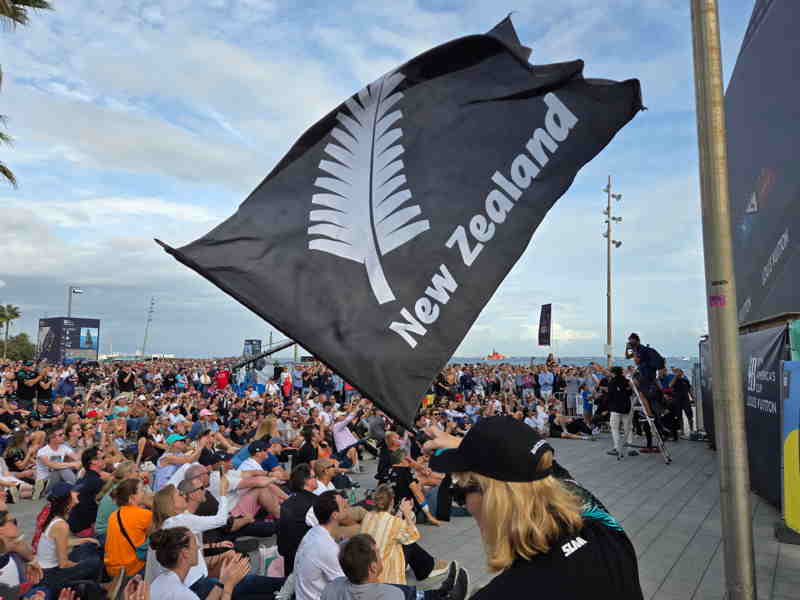
Slip rental fees in the city’s marinas have quadrupled. Short-term leased apartments are nonexistent. Some locals decry the America’s Cup invasion. “Give us back our city,” read scattered protest posters.
But all in all, this city of paella, sangria and tapas has rolled out the welcome mat to give Cup-goers a favorable dose of Catalan hospitality. It seems that everywhere you look near the waterfront the beaches, bars and boats are filled with fans craning to get a glimpse of their favorite team. And downing beverages with a frothy head.
The six Cup teams and the invited Youth and Female teams have been hard at work practicing sailing their high-tech foiling sailboats for over six months. This is the culmination of over three years of hard work and millions of dollars.
Six teams began the quest for the 37th America’s Cup. Now it is down to two: the Defender Emirates New Zealand and the Challenger of Record INEOS Team Great Britain.
After three days of tightly contested racing, the victory count stood at New Zealand four wins to Team Great Britain’s zero. That changed on day four when INEOS Team Britannia took two races, closing the gap with the standings now NZ four and England two.
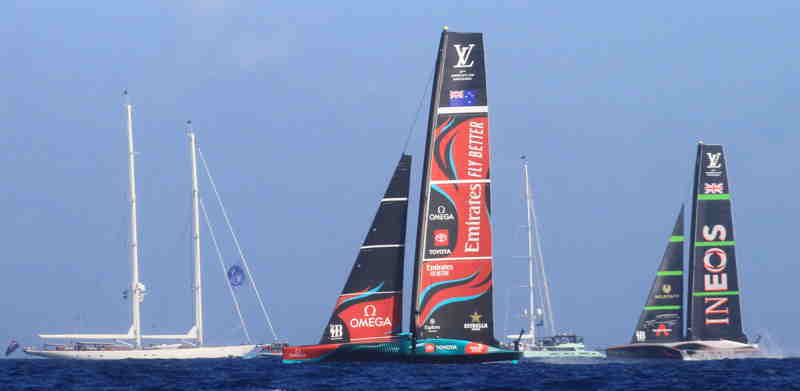
The New Zealand team has history in sight. Holder of the Auld Mug for the past two contests, Team New Zealand aims to be the first team in modern times to win the Cup three times in row.
A British team has never won the Cup. Their appearance in the Finals is the country’s first in 60 years.
Organizers have set up numerous free viewing Fan Zones scattered along several miles of Barcelona beaches. These are packed with food and adult-beverage vendors and flag-waving fans of all shapes and sizes. To this observer the Kiwi faithful seem to have the British outnumbered by a multiple of three or four.
Cheers of “Good on you, Peter (Burling)” and “Three in a row” echoed through the Silver Fern-festooned Kiwi crowd.
Each designated Fan Zone hosted approximately 10,000–15,000 revelers. More than 1000 spectator boats lined the two-mile-long race course. Joining the fun was Spanish King Felipe VI aboard the aircraft carrier Juan Carlos I.
Flag-waving New Zealanders weren’t the only supporters in attendance. The excitement was high for everyone in Emirates Team New Zealand as they were joined by over 300 family members at the Barcelona base to cheer off the sailing team at a midday dock-out time.
Indigenous Māori tribesmen added to the occasion with a powerful haka as the Emirates Team New Zealand AC75 Taihoro left the dock to be led out to the race course by Ngati Whatua Orakei, a traditional Māori waka (canoe).
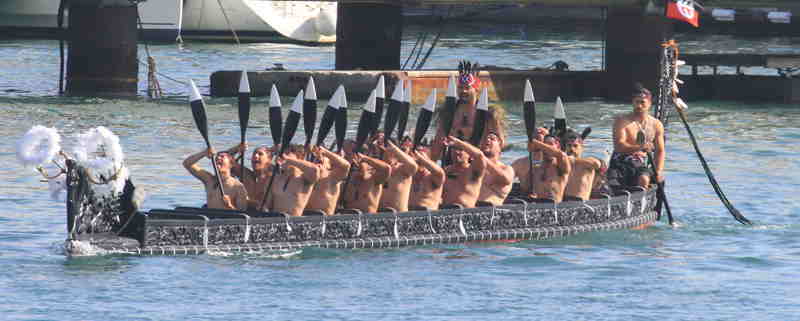
Earlier, the Māori tribesmen welcomed the British team at the opening ceremonies, even going eyeball to eyeball with England’s most accomplished sailor and helmsman, Sir Ben Ainslie, who, despite being the beneficiary of what appeared to be a Māori curse, shrugged off the incantation as a “bit of showmanship … let’s fight it out on the water!”
The stage was set for the long-awaited start after a slight delay, waiting for the breeze to build over the minimum 6.5-knot wind limit, before Race Committee’s Mel Roberts declared, “We have reached the wind limit. This America’s Cup is now live!”
The wind here has been finicky … one day blowing at the AC75s’ upper limits of 15–20 knots; the next dropping to almost nothing, leaving the boats wallowing in displacement mode, barely able to make way.
Racing continues until one team has amassed seven victories. By the time you read this, the Kiwis may be close to shutting the door on the British. Go to www. Americascup.com for current standings. Live racing can be found on ESPN2.
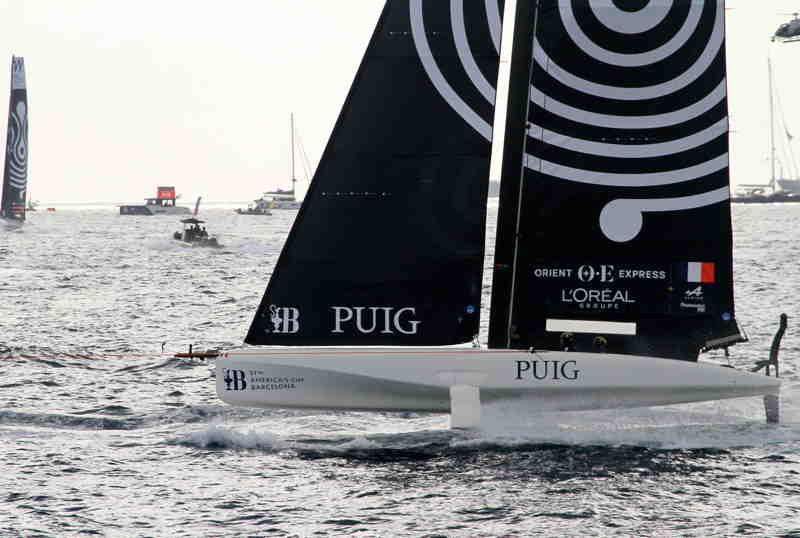
Not to be lost in the excitement of the Cup Finals is the fact that two other Cup contests were concluded over the past two weeks. The Youth Team of Italy’s Luna Rossa Prada Pirelli won the reinstated Youth America’s Cup, while the Italian female team won the first-ever Women’s America’s Cup. The dominance of the young Italians served notice on the rest of the fleet that they will be a force to reckon with in the years ahead.
According to custom, the team that wins the Cup determines the next Cup’s location and protocol.
Racing resumes on Friday.
Read our most recent AC race report here.
The Copelands Aboard ‘Freeranger’ Find Sei Whales While Sailing to the Ha-Ha
Boat shows are always a great place to connect with sailors, and it was no different at the recent Sausalito Boat Show. We were happy to meet the Copelands, who were making their way south from British Columbia for the start of the Baja Ha-Ha. After sailing down the coast, they found they were in need of a prop shaft replacement before moving on, so spent some time in Sausalito.
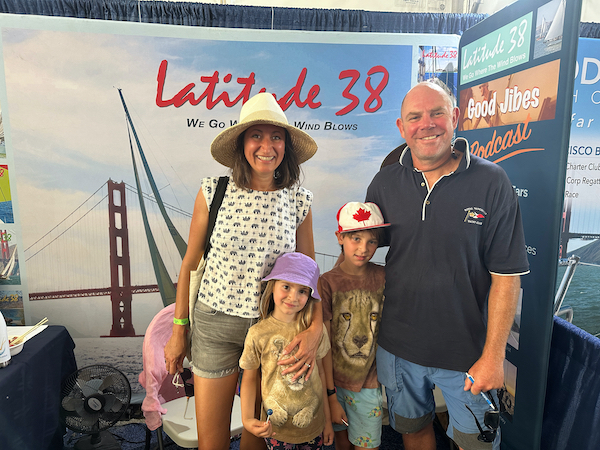
We had just written about the family in one of our Baja Ha-Ha profile stories, but were glad to hear a little more about their sail south. One of the amazing things they told us was about the incredible number of whales. They explained, “At first we’d shout out for all to come on deck to see a whale spouting, but after a while, it seemed as common as seeing a deer in your yard.”
They all enjoyed the frequent sightings, though one became worrisome when a very large member of a pod of sei whales broke off and came directly at them at speed. Luckily, it dove a reasonable distance away and visibly swam directly below their Beneteau 50 Freeranger. We’re most familiar with gray whales and humpbacks off our coast, but learned that sei whales are baleen whales and the third-largest whale behind blue and fin whales. They can grow up to 64 feet long and weigh up to 28 tons. They’re also among the fastest, able to swim up to 31 mph. Not something you want hitting the keel of your 50-ft boat!
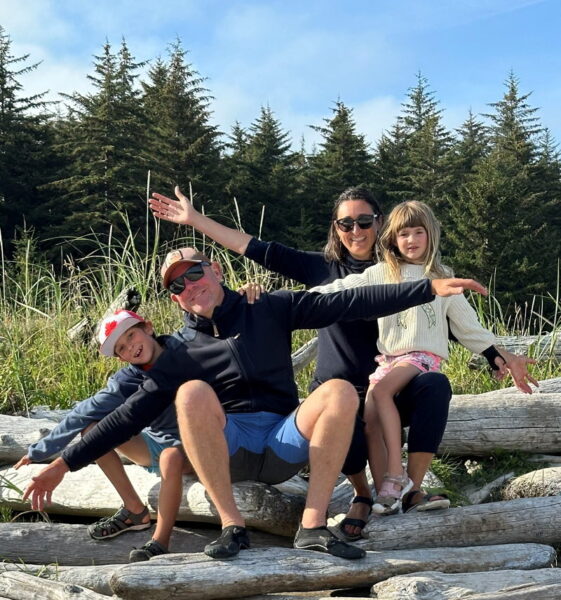
As noted in our profile, Duncan is the son of Andy and Liza Copeland (authors of numerous cruising books), who appear on our West Coast Circumnavigators list after having circled the globe with their three sons aboard their Beneteau 38 Bagheera from 1985 to 1991. Both Duncan and his wife Larissa have strong ties to the ocean and have set off on this voyage with their kids to do more than just sail. They have a combined 40 years in environmental justice, marine resource management and conservation communications, so they’ll be voyaging while looking to support the “ocean we need for the future we want.” They plan to do this with citizen science through their organization Freerangeocean.org.
We look forward to seeing them again in San Diego at the Baja Ha-Ha kick-off party on November 3.
Single- and Doublehanders Race From S. F. Bay to Half Moon Bay
Heading out the still-foggy Gate on busy September 7 was a fleet of single- and doublehanders racing to Half Moon Bay.
Randy Leasure of the Westsail 32 Tortuga checked in with this report: “There was lots of activity around the Cityfront: an organized group of swimmers from the South Tower of the Golden Gate Bridge across to Horseshoe Cove; an Alcatraz Invitational swim from the Rock to the Cityfront, and a YRA race starting at StFYC all before and around our start time. I had to leave Pier 39 and go out and around the back side of Alcatraz to port to avoid swimmers. There was a bunch of chase boats all around so it was easy to see where it was happening.
“The wind ended up being a nice 10- to 12-knot breeze. I’m glad I didn’t hank on the big light-air jib. I was going to have to do a lot of short-tacking to try to get out, and just before the start I would have been waaaaay overpowered.
“I started with the full main and staysail. Once I tacked over to port I immediately put up the working jib to get over the line as the flood was already in effect. I could see boats struggling and affected by the current closer to the bridge, and I wasn’t sure I was going to be able to make it out. The only option was to get closer to the South Tower and eke my way out on that side. The flood was building, so it took quite a few tacks to get under the bridge. Then it was slow going trying to make any forward progress. What I’d gain on one tack I’d lose on the other.”
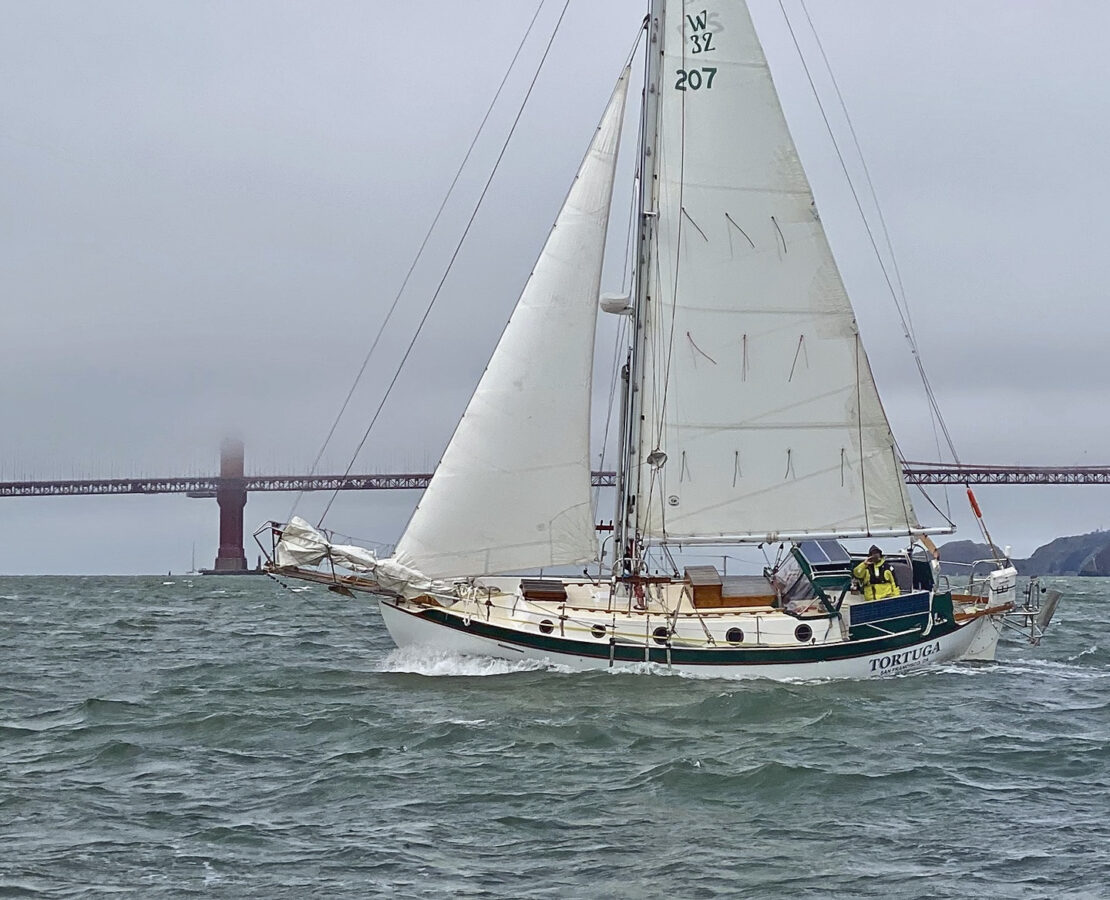
“Watching all the lighter boats be able to work their way out was disheartening. By about 2 p.m. I still hadn’t cleared Mile Rock. I’d been beating my head against the current wall for more than three hours! With a full keel, the adverse current affects speed and pointing ability way more than with a fin keel.
“It was still 20 miles or so to the finish, even if I could have worked my way out past Mile Rock, and I didn’t want to get in late to Pillar Point. I decided to pack it in at that point and ride the remaining flood back in.”
“The key to the race was to get out of the flood,” agrees Don Martin of the Wyliecat 30 Crinan II. “I think the race could have been called at Seal Rock, as positions didn’t change much between there and HMB.
“This year’s race was really interesting,” adds Tim Roche of the J/92 Zaff. “The currents were tricky in the Gate, with the ebb turning to a flood right around the start time, leaving a bit of a swirling mess of ebb and flood between the start and the bridge.
“On the trip down I was hoping to see some whales. I had heard reports of lots of them, but none were to be seen. All was not lost, however, as I was fortunate enough to see two sharks swim by — what looked like a juvenile and a much larger adult. The little one just swam on by, ignoring me, but the larger shark made a lazy turn and looked like it might follow for a minute. But her attention wandered and she sank beneath the surface not to be seen again.
“The next interesting action in the race was choosing when to jibe in for the finish. I always jibe too early there, so I held out a bit longer than I thought wise. The wind didn’t cooperate this time and didn’t have its usual bend into the bay, so I overstood a bit.” Despite overstanding, Tim won the Singlehanded division.
“The Pillar Point harbormaster was aware of the race,” said Don Martin. “They had slips ready for assignment. I saw the baby whale at the end of F dock, but even though I had my phone in hand ready to take a picture, it dove before I got one.”
HMBYC welcomed the racers and put on a feast in its clubhouse on the north shore of the bay.
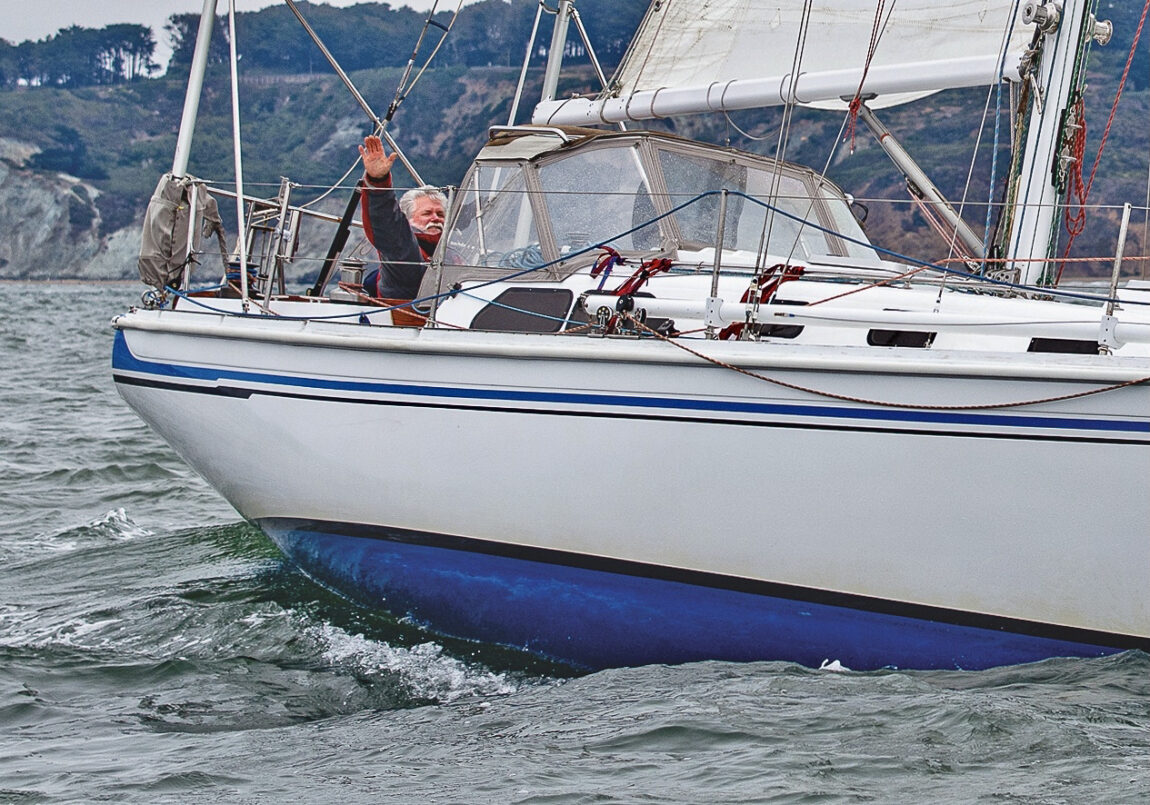
See more race reports in October’s Racing Sheet.

